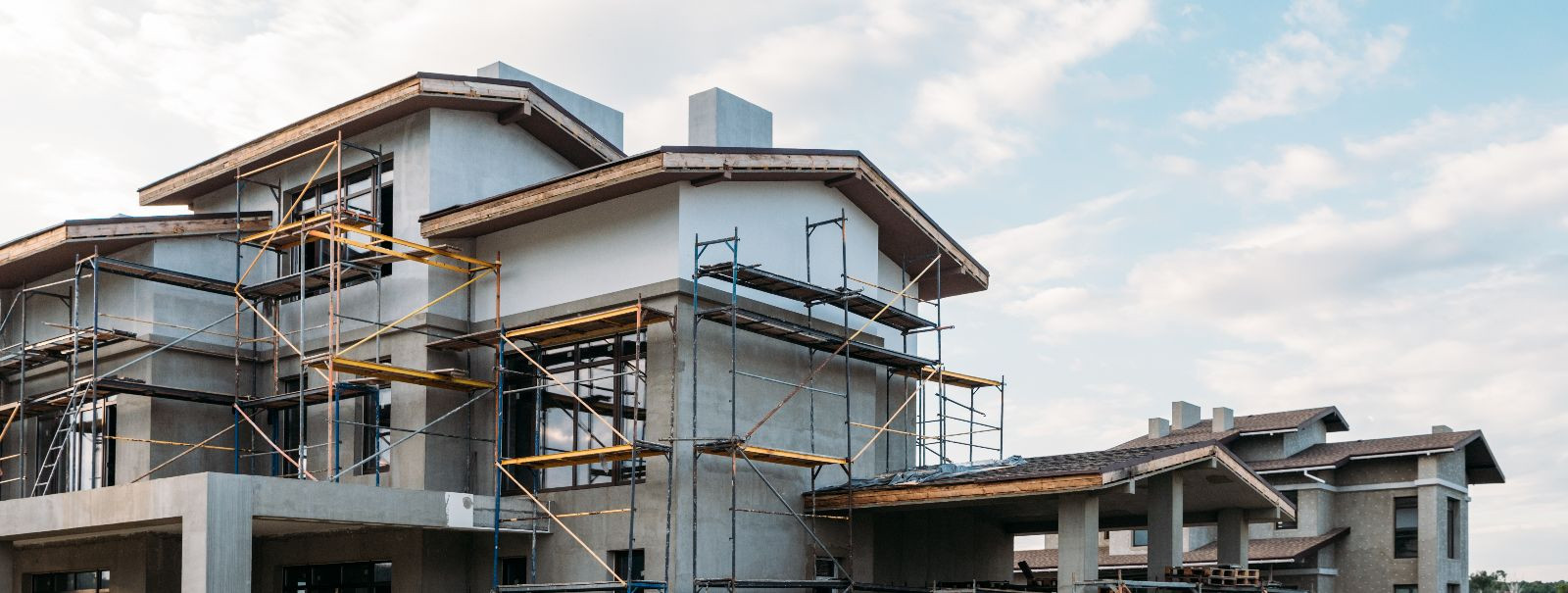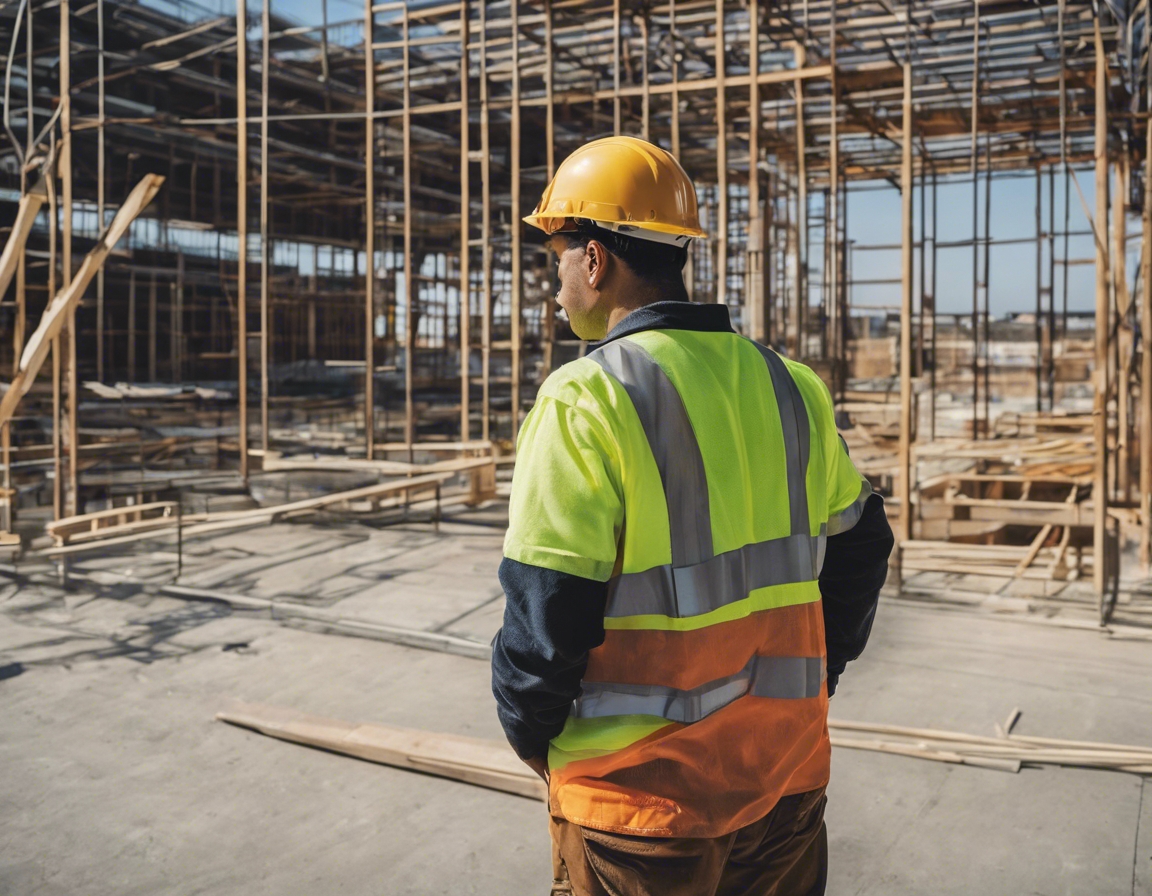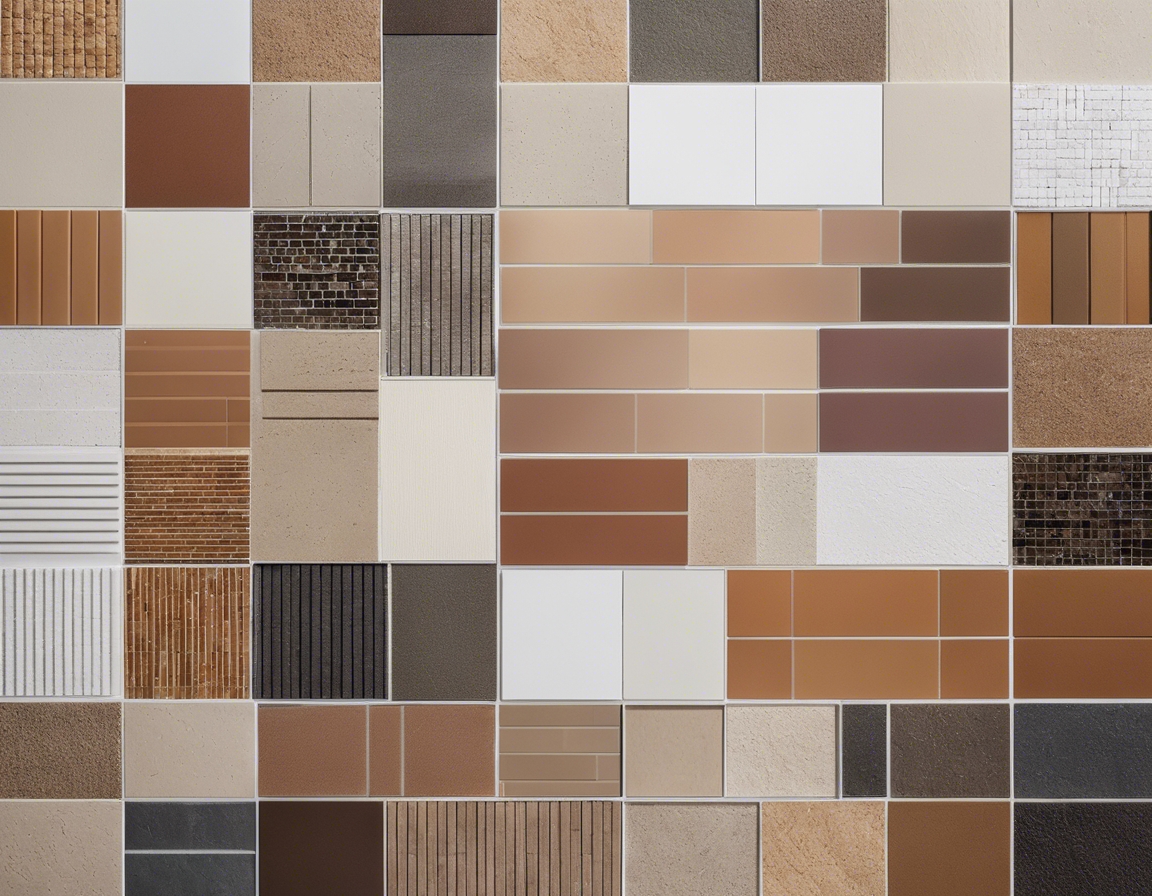Facade design trends for modern architecture
The facade of a building is often its most striking feature, serving as a canvas for architects to express creativity and innovation. As the face of modern architecture, facades reflect not only aesthetic values but also technological advancements and environmental considerations.
From the ornate exteriors of classical architecture to the sleek, glass-dominated surfaces of contemporary designs, facade architecture has undergone a significant transformation. This evolution is a testament to the changing priorities and technologies of the times.
A well-designed facade can enhance a building's energy efficiency, provide comfort to its occupants, and contribute to the urban landscape's visual appeal. It is a critical component that bridges the gap between form and function in modern construction.
Emerging Trends in Facade Design
Today's facades are more than just a building's skin; they are active components in energy conservation. The use of sustainable materials and design principles is at the forefront of modern facade architecture.
Dynamic facades that respond to environmental conditions are becoming increasingly popular. These adaptive systems can regulate light, temperature, and even air quality, enhancing the building's performance.
The incorporation of new materials and technologies has allowed for greater flexibility in facade design. Innovations such as self-cleaning surfaces, photovoltaic glass, and advanced insulation techniques are shaping the future of facades.
Incorporating natural elements into facade design not only improves aesthetics but also promotes the well-being of building occupants. Biophilic design is gaining traction as a means to reconnect urban environments with nature.
The trend towards minimalism in facade design emphasizes clean lines, uncluttered spaces, and a focus on functionality. This approach often results in timeless and elegant architectural statements.
Innovative Facade Design Strategies
Smart facades equipped with sensors and IoT technology can adapt to user needs and environmental changes, offering a new level of interaction between the building and its users.
Customized facade solutions allow for unique expressions of brand identity and personal taste, making each building distinct and memorable.
Interactive facades that engage with the public and respond to their presence are transforming buildings into dynamic elements of the urban fabric.
Challenges and Considerations in Modern Facade Design
Designing modern facades requires a careful balance between innovation and adherence to building codes and regulations, which can vary widely by region.
While new materials offer exciting possibilities, they also come with limitations that must be considered in the design process to ensure the safety and longevity of the facade.
High-performance and aesthetically pleasing facades can be costly. Balancing cost with the desired outcome is a key challenge for architects and developers.





Kommentaarid (0)